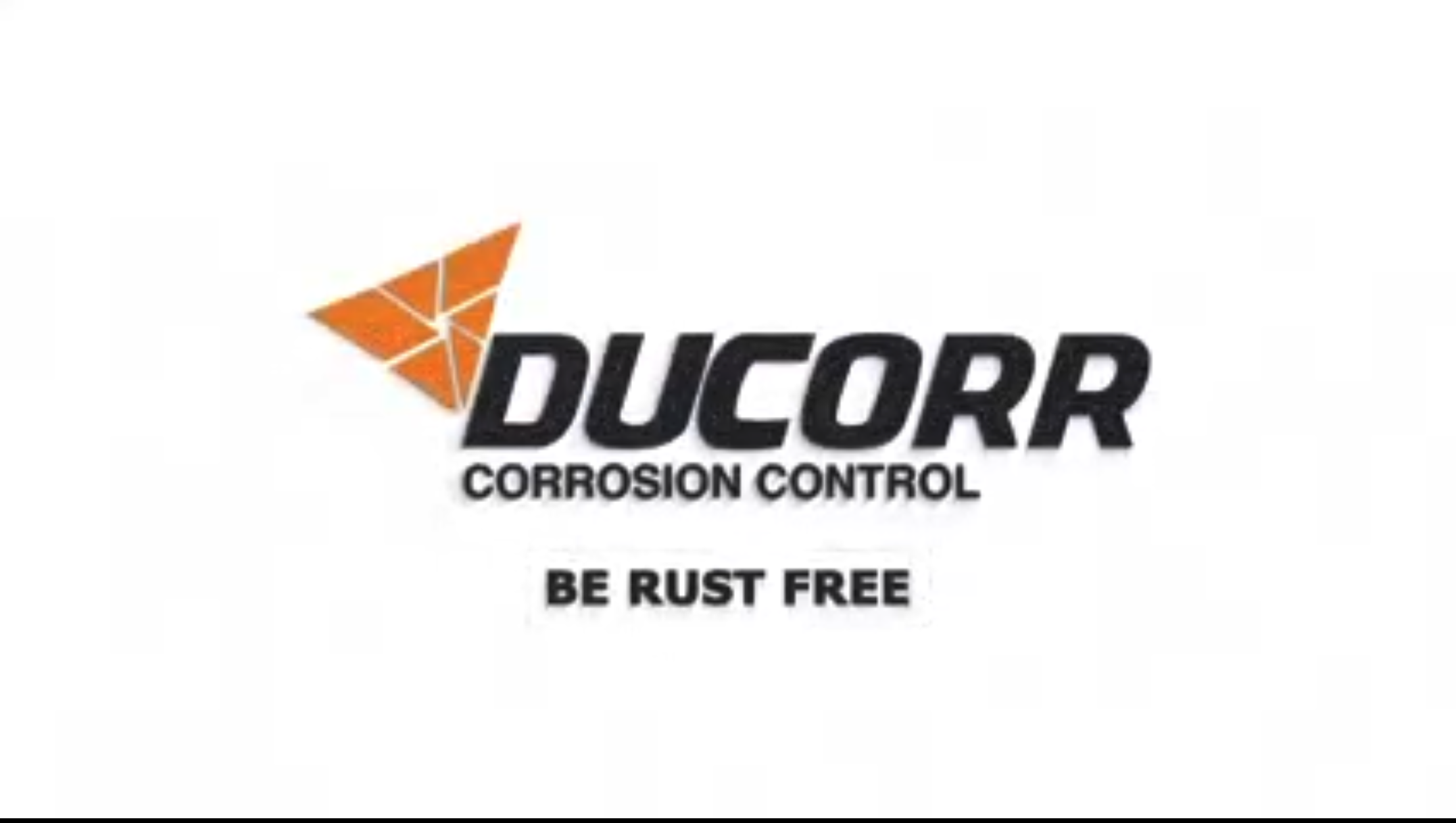Resources &
Knowledge Center
Explore our comprehensive collection of cathodic protection resources, technical guides, and educational content to deepen your understanding of corrosion prevention technologies.
Concrete Cathodic Protection
Concrete Cathodic Protection is a technique used to prevent the corrosion of steel reinforcement in concrete structures by applying an electrical current, either through sacrificial anodes or an external power source. This method extends the lifespan of bridges, buildings, and other reinforced concrete structures by reducing rust formation.
What is Concrete Cathodic Protection?
Marine Structures Cathodic Protection
Marine Structures Cathodic Protection is a method used to prevent the corrosion of metal structures submerged in seawater, such as ship hulls, offshore platforms, and underwater pipelines. It works by applying a protective electrical current using sacrificial anodes (zinc, aluminum, or magnesium) or an impressed current system to stop metal deterioration. This technique extends the lifespan of marine assets, reduces maintenance costs, and ensures structural integrity in harsh saltwater environments.
How Marine Structures Cathodic Protection?
Above Ground Storage Tanks Cathodic Protection
Above Ground Storage Tanks Cathodic Protection is a technique used to prevent corrosion of steel tanks that store liquids like oil, chemicals, and water. It works by using sacrificial anodes or an impressed current system to control electrochemical reactions that cause rust. This method helps extend the tank's lifespan, reduces maintenance costs, and ensures environmental safety by preventing leaks and structural failures.
How Cathodic Protection Saves Above Ground Storage Tanks from Corrosion!
Underground Tanks Cathodic Protection
Underground Tanks Cathodic Protection is a method used to prevent the corrosion of buried steel storage tanks, which are commonly used for fuel, water, and chemicals. It works by applying a protective electrical current through sacrificial anodes (magnesium, zinc) or an impressed current system to stop metal degradation caused by soil moisture and environmental factors. This technique helps extend the tank's lifespan, prevents leaks, and ensures environmental safety by reducing the risk of contamination.
How Cathodic Protection Prevents Underground Tank Corrosion!
Need More Information?
Our technical experts are here to help you understand cathodic protection solutions and find the right approach for your specific needs.

